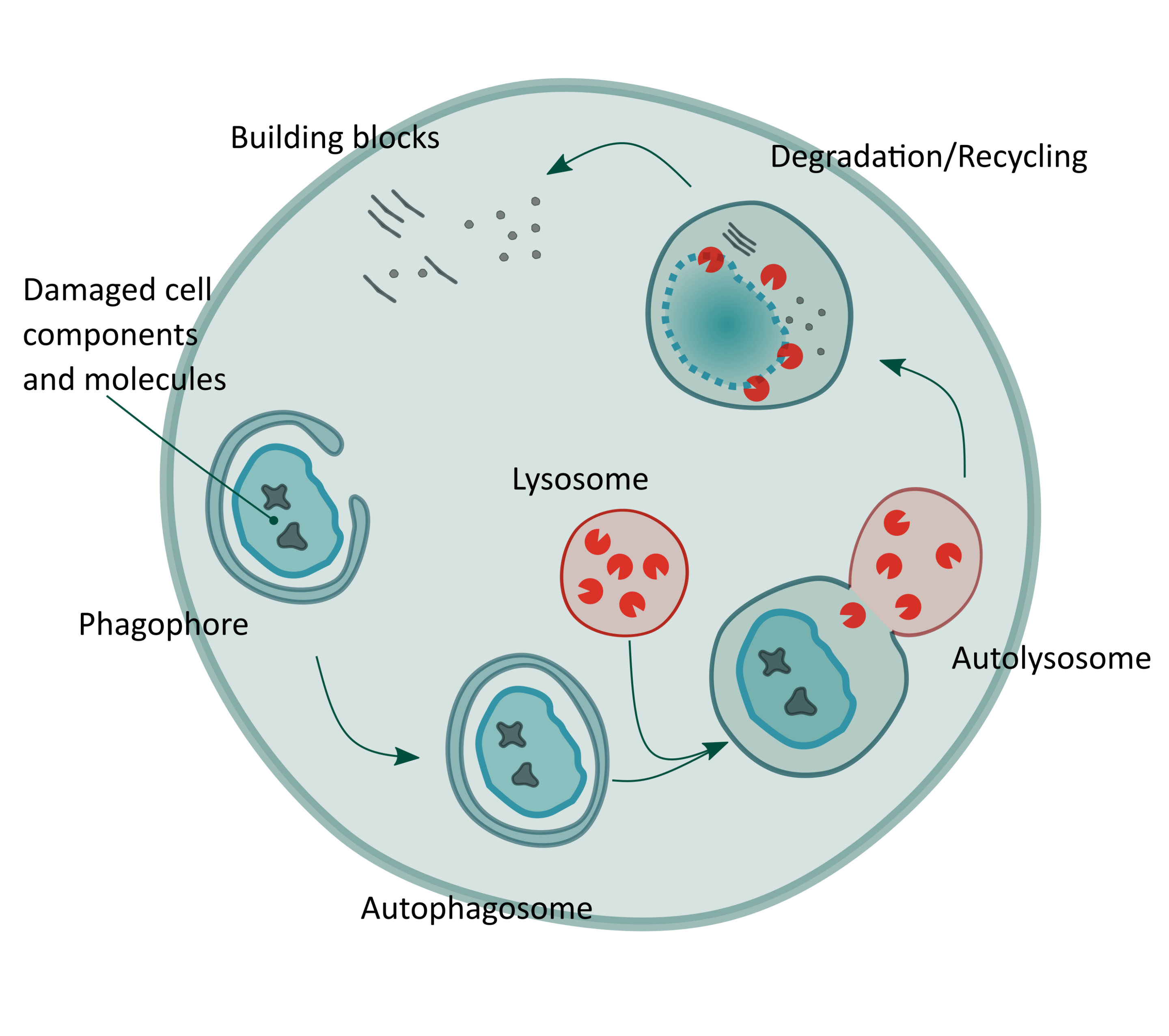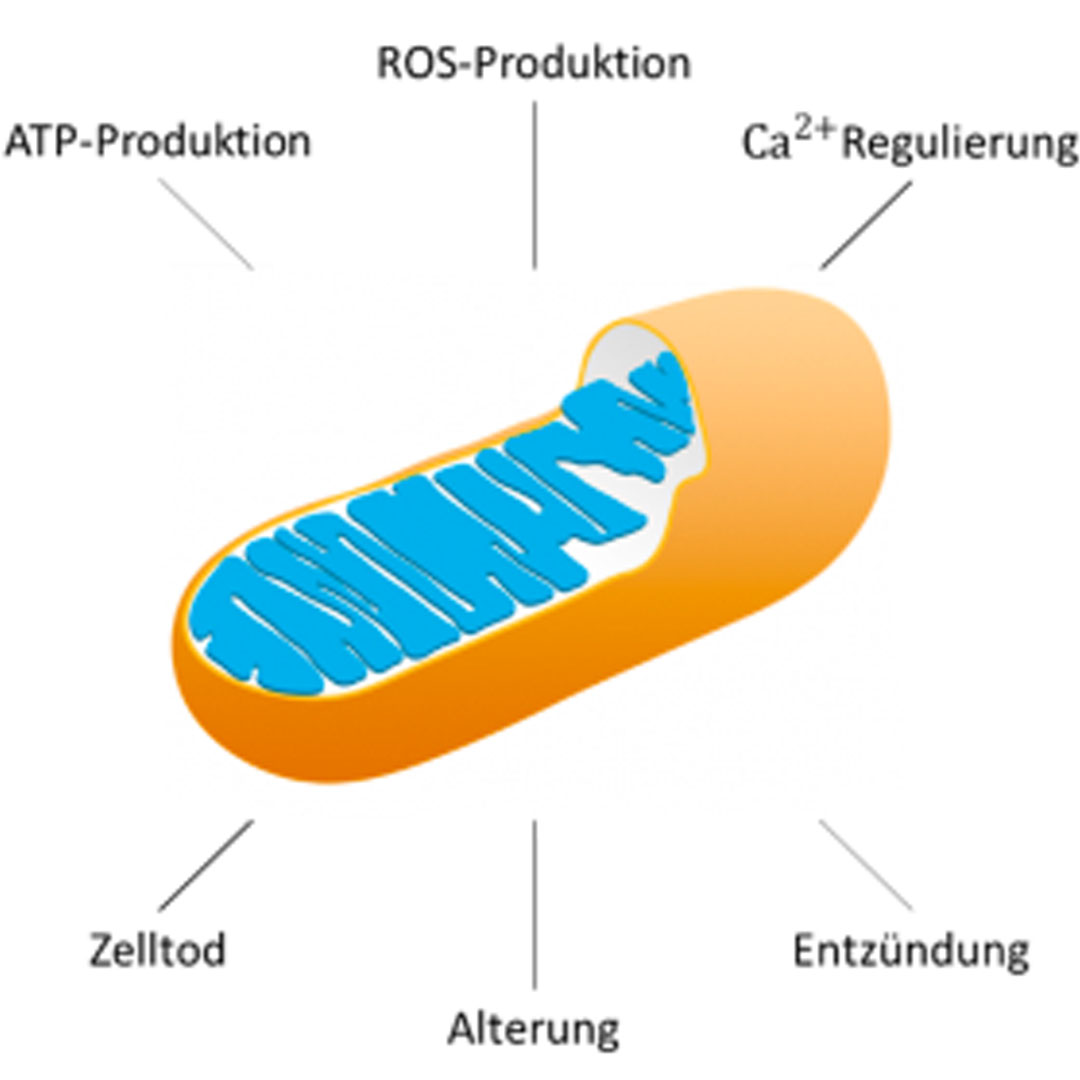What is spermidine?
Since this substance was first discovered in male seminal fluid in 1878, it was given the name spermidine. However, nowadays it is known that this polyamine is present in all living organisms and body cells. This natural substance is not only produced by our cells, but we also absorb it to a large extent through our diet.
Spermidine in food
Spermidine is a secondary plant substance found in a variety of foods – for example, legumes, wheat, mushrooms, cauliflower, aged cheese, or mangoes. Spermidine is formed during the germination process, so sprouts such as germinated wheat, buckwheat sprouts, and soybean sprouts are particularly good sources of it.

Spermidine food sources
Health promoting effects
Spermidine is involved in the production of nucleic acids and proteins, making it important for cell growth and tissue regeneration. In addition, spermidine can trigger and accelerate autophagy. This process is used for cellular “cleaning” and serves to keep the cells healthy and resistant. In the process, damaged and old cellular parts are broken down and disposed of, and the building blocks are recycled. This promotes cellular metabolism and self-healing, and higher levels of spermidine can counteract the cellular aging process.
Since the body’s production of spermidine decreases with age, it is important to consume spermidine through diet, or supplements if there is an increased need. Studies have shown that spermidine intake correlates with improved cognitive performance and has neuroprotective effects. Spermidine activates cell-protective processes and even has a life-prolonging effect.
For this purpose, at least 6 mg of spermidine per day should be consumed in the diet. Already 80 to 100g of germinated buckwheat are enough to reach the daily recommendation.

Autophagy by Elena Tomeva
Sprouted buckwheat at home
Buckwheat sprouts are not only an excellent source of spermidine, but you can grow them quickly and easily at home. All you need is buckwheat, water, a sieve, and a pot or a bowl. To prepare this superfood, soak a cup of buckwheat with two cups of water in a pot overnight. On the next day, strain the buckwheat, pour away the water and leave the buckwheat in the strainer over an empty pot/bowl so the air can circulate underneath. On day 2, the buckwheat in the sieve should be briefly “washed off”, this serves to add moisture to the sprouts. The buckwheat begins to germinate already on day 2. A total of 3 to 5 days is enough for sufficient spermidine to form (while the phytate content is significantly reduced).
You can find a video on how to grow buckwheat sprouts at home and how to make a healthy breakfast out of them on our Instagram page.
Home sprouted buckwheat to the test
We had our germinated buckwheat sprouts tested in a laboratory for spermidine content. The most concentrated food supplement currently available – Tecsperm was used as a control. The results show that already 100g of sprouted buckwheat (3 days) contains the daily recommendation of 6mg of spermidine.
Test your biological age now with our Healthy Aging Panel! In addition to your telomere length, you will learn more about your epigenetic markers of inflammation and aging and get tips on how you can even improve your biological age.












